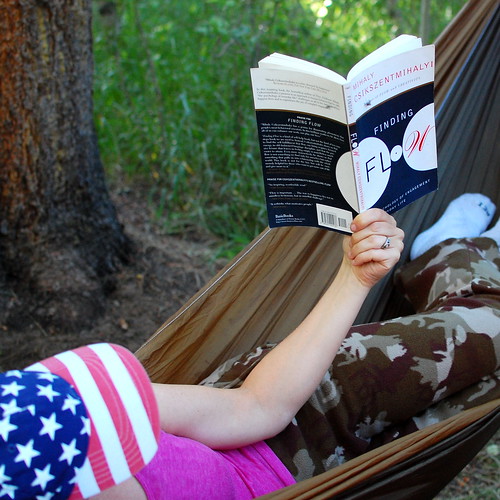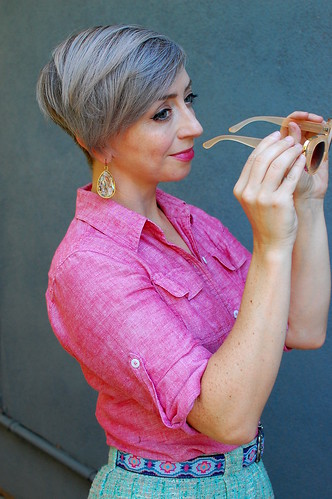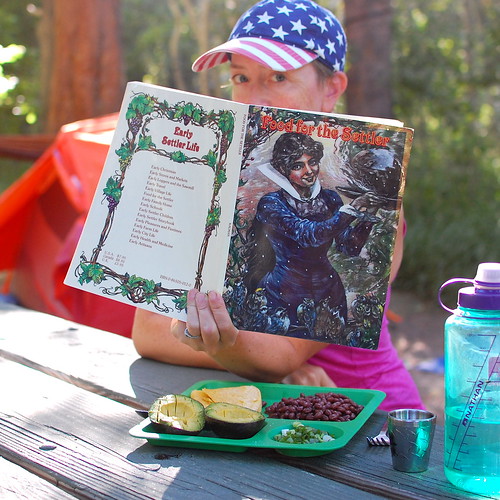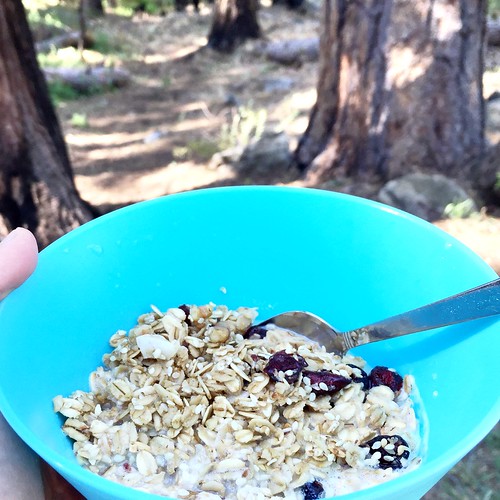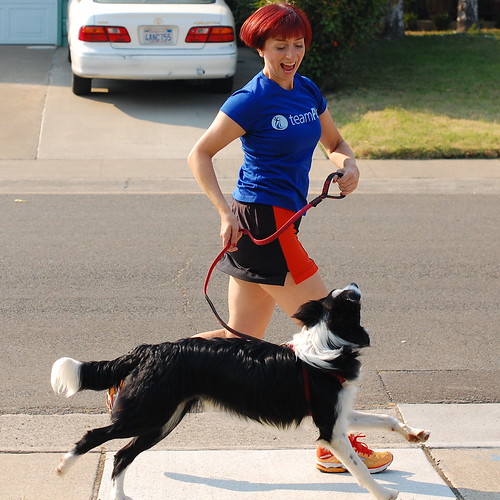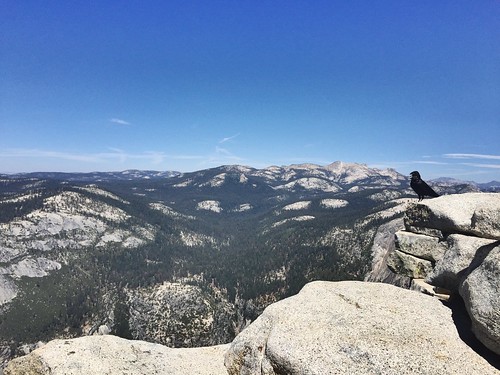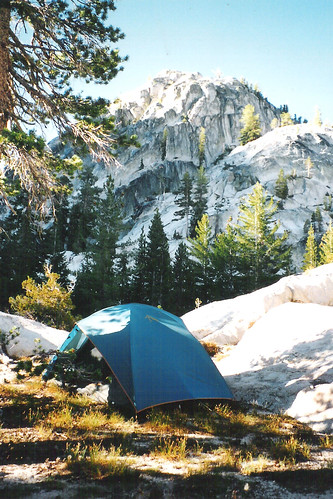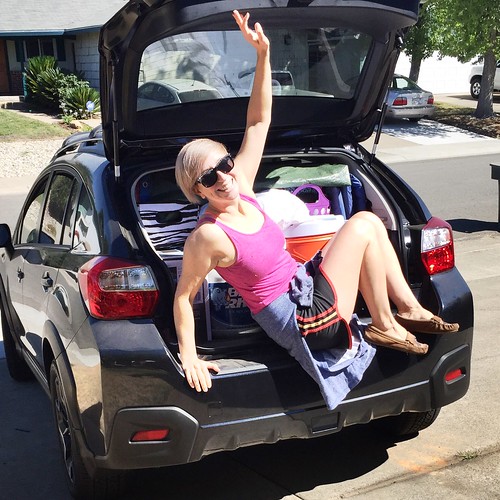Transportation
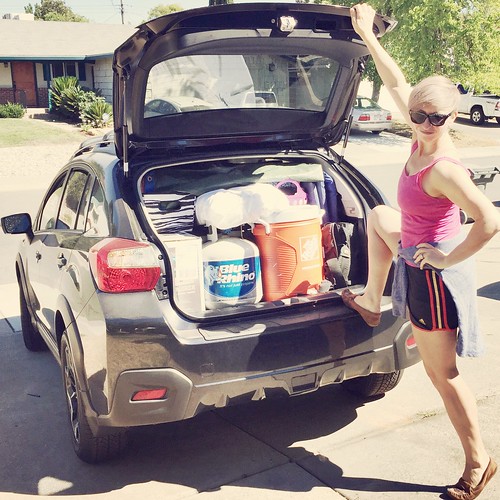
I traded in my company car for a Subaru Crosstrek. My last adventure car was also a Subaru, so choosing this make was a no-brainer. The Crosstrek is like a mini-Outback. It’s described as a compact crossover or mini-ute. I love this car! It holds all my gear for the summer and is capable of getting me to remote campsites.
Lodging
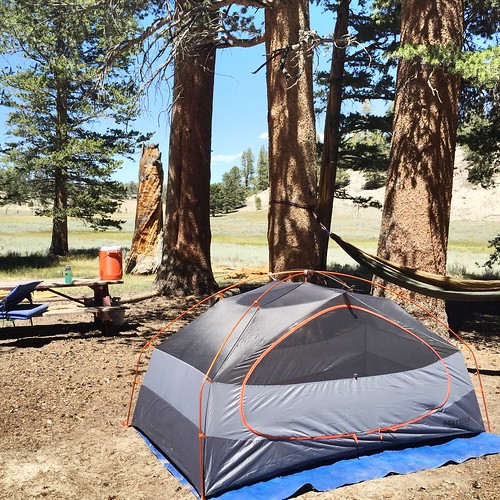
I reserved 17 days of campground stays for my 3-month trip. The Yosemite park limit is 14. The remaining three reservations are in the Stanislaus National Forest. When I don’t have reservations, I find campgrounds with first-come-first-serve sites in and around the park. I’ve also tried dispersed camping - staying on US Forest Service land, outside of campgrounds. (Yes, this is legal! But there is usually no water, no picnic tables, no trash service, and no pit toilet.)
Finally, I have a friend in Bridgeport who lets me crash at his house on occasion.
On the weekends, I head to town for groceries, laundry, showers, electricity, and internet!
My tent is the Marmot Limelight 2P. It’s a 2 person tent with 43 inches of headroom. If I wanted to take it backbacking, I could, since it weighs just over 5 pounds. But I’m a backpacking wimp.
I’m sleeping on a 22-year-old Therm-a-Rest pad (still going strong) and in a 22-year-old North Face Cat’s Meow bag (needs replacing). Thankfully, I also brought a thick fleece blanket to compensate for the old, compressed fill in the sleeping bag.
Food
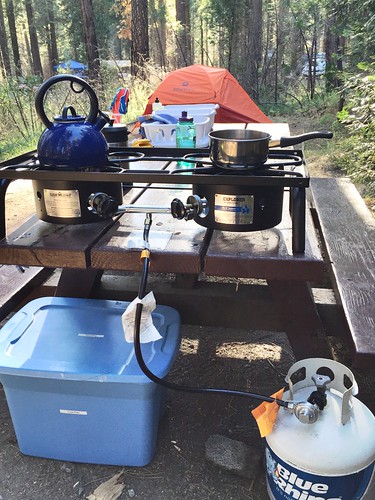
I think I could survive on granola, trail mix, and Larabars all summer, without the need for a stove, if it weren’t for coffee. In fact, I’d give up all the food for coffee. So, I bought a Camp Chef two-burner stove. It’s propane powered and can heat water for my family-size, stainless-steel french press in no time!.
Since I have a stove, I am eating something other than granola, trail mix, and Larabars. I’ve been eating pasta, soup, or burritos for dinner. Lunch is tofu roll ups (that I make in the morning) or crackers with protein (peanut butter or sardines*). I usually throw some fruit and trail mix into my pack for lunch, as well. Breakfast is . . . granola (with hot water and coconut milk powder), a Larabar, and coffee!
Because I’m in bear country, I use the metal food storage lockers provided at the campgrounds. Scented toiletries also must be locked up. In the absence of storage lockers, I lock the food in my car and cover the boxes with a tarp to make them look as uninteresting as possible to a bear. There’s not much I can do about the smell except keep the windows rolled up tight.
Water
I brought a 5 gallon water cooler in case I ran into a primitive campground. I didn’t expect to use it much, but it’s been a lifesaver! I’ve been to a number of sites already with no water. Even when there is a hydrant, I fill up the cooler to cut down on the number of trips I need to make to the spigot each day.
I’ve also had to boil and filter water in the absence of hydrants.
It’s probably no surprise that, in such water scarcity, I’ve only seen flush toilets twice and nary a shower at my campgrounds.
I am now so much more conscious of how much water I use each day. Just doing dishes, washing my hands, cooking, making coffee, and drinking consumes about 4 gallons a day.
It’s no three-month backpacking trip, but the basic business of moving, sleeping, eating, and drinking are a bit different than they were at home. So far, though, the only comforts I miss are fresh produce and showers. I binge on those two things when I’m in town. I’m otherwise perfectly content to live in the woods with my Subi!
Follow along on Instagram @kasmirakit #yosemitechronicles
*I’m reluctantly eating some fish this summer. Without refrigeration, it’s tough to get enough protein on a strictly vegan diet.
